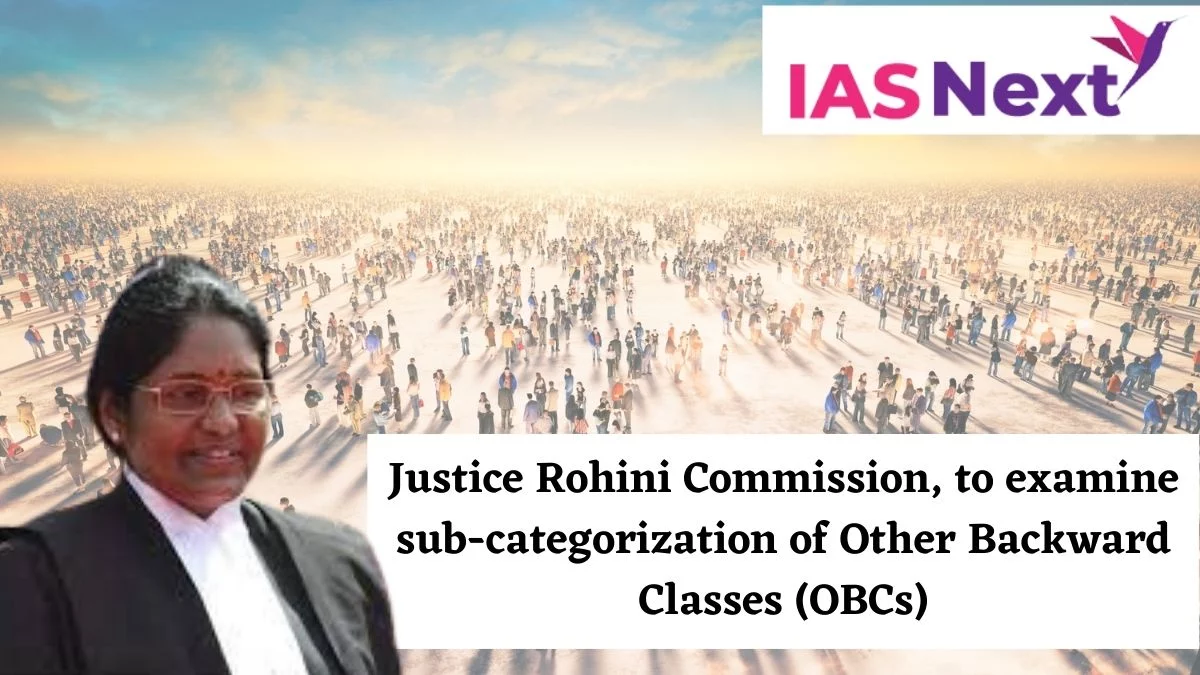Facts versus Narrative: Justice vs Hegemony
Ahir bindheshwari Prasad was a rich zamindar from Bengal, who ironically sat down to write the destiny of the downtrodden non scheduled backward castes. The fact that he took this opportunity to insert his own caste into the OBC list strongly reeks of a conflict of interest.
Castes such as Ahirs and Kurmis couldn’t really claim to be backward. They owned lands, had decent representation in politics as well as bureaucracy even without reservation. Former DGP of Haryana Manoj Yadav became IPS when Ahirs were still in general category, among many others. His son too, is an IAS officer without availing reservation. The representation of these castes has only gone up due to OBC inclusion, at the expense of the mool(or real) OBC castes who have neither the population, lands or the social capital to compete against Ahirs.
To quote famous Dalit thinker Shri Chandra Bhan Prasad Ji, it remains rather unknown how Second backward classes commission’s only Dalit member Shri LR Naik was insulted by Mandal. Naik had suggested that OBC quota be divided amongst the Zamindar OBC(Ahirs, Jats etc)and artisan OBCs (Kumhar, badhayi, etc). His insightful suggestions were unceremoniously dismissed by Mandal. Mr Naik refused to sign the recommendations of Mandal and penned a dissent note. How many Dalits know that the Mandal Commission recommendations do not have the consent of Dalits? How many Mool OBCs understand that separate subquota to protect their interests from Ahir domination was sniped by Mr Mandal?
If Ahir Mandal was not prepared to accomodate the genuine demands of Dalits and mool OBCs, why should Dalits and mool OBCs not demand the exclusion of Ahirs from OBCs?
It is hardly hidden from anyone how much social exploitation Ahirs have wreaked upon Dalits and weaker OBC castes upon reaching the helm? Be it the gangrape, murder and subsequent public hanging of sisters belonging to Maurya OBC caste by Ahir men with the aid of Ahir policemen or the rape campaign ran by Akku Yadav on predominantly Dalit women in Pune; the story of exploitation runs similarly.
Let us examine the actual scenario of hegemony through the results of UPSC 2023.
OBC Category
1. Jats got around 50 of their candidates through the exam. Which accounts to roughly 5% representation – a gross over-representation of a community that constitutes not even 1% of the nation’s population. And the fact that all Jats in India (except Haryana) are in OBC category makes it clearly a case of the dominant posing as distressed and taking away benefits of affirmative action from those who truly need it.
2. Ahirs stand at 45-50 according to data supplied by Jaiky Yadav on twitter. Ahirs along with Kurmis have since long been accused of taking the lion’s share of the OBC reservation benefits away from the real backward castes of India such as Kumhars, Naais, Badhayi, Julaha, Mallah, Mali etc. They constitute not more than 1.5% of India’s population yet have cornered public sector jobs many times over their due share.
General/EWS category
1. Brahmins with a whopping 250 successful candidates are the most overrepresented community in India. A population of 4% v/s a representation of over 25% is a mammoth slap to the ideal of social justice. This gross inequity has been in no small part enabled by misguided EWS reservation policy of the central government. There can be no justification for providing reservation to those already overrepresented. This only leads to exacerbation of social inequities as is proved by the data above. The cover of EWS reservation should never have included the castes who have no history of being discriminated against or being depressed, in order to have any validity as a legitimate affirmative action.
2. Baniyas – a community having a hold over 60 % of India’s wealth has given more than a hundred successful candidates this year. It is a travesty that candidates coming from such a resource rich community have made use of the reservation meant for the poor(EWS) and have become IAS despite getting low ranks.
Scheduled Tribe category –
Meenas are a small community barely found in three states(of whom, only the Meenas of Rajasthan are in ST). Meenas have had no history of being a forest dwelling community and yet have miraculously ended up in ST category meant for tribals. This miracle Meenas have used to the hilt and have almost cornered all of the reserved seats meant for STs. For example, in UPSC CSE 2023 results, out of 13 IAS seats meant for STs, Meenas have cornered 12. To put thing into perspective, that is a 92% Meena selection rate in ST category. The truly marginalised ST communities such as Bhils, Garasiyas, Gonds, Sahariyas, Santhals etc have almost no representation. Only the heavens know for how much longer are the aspirations of the tribal people to be stomped upon by the rich and affluent Meenas of Rajasthan, a community barely 0.01% of nation’s population yet sweeping away 7.5% of total opportunities in public services and education.
Written by Amar Shekhawat

